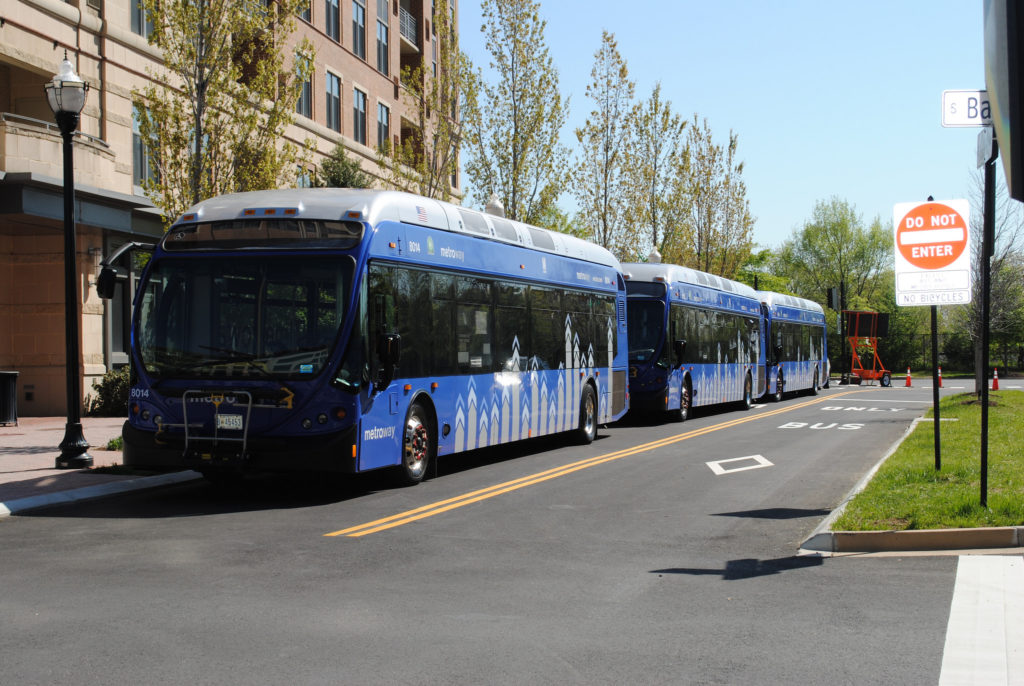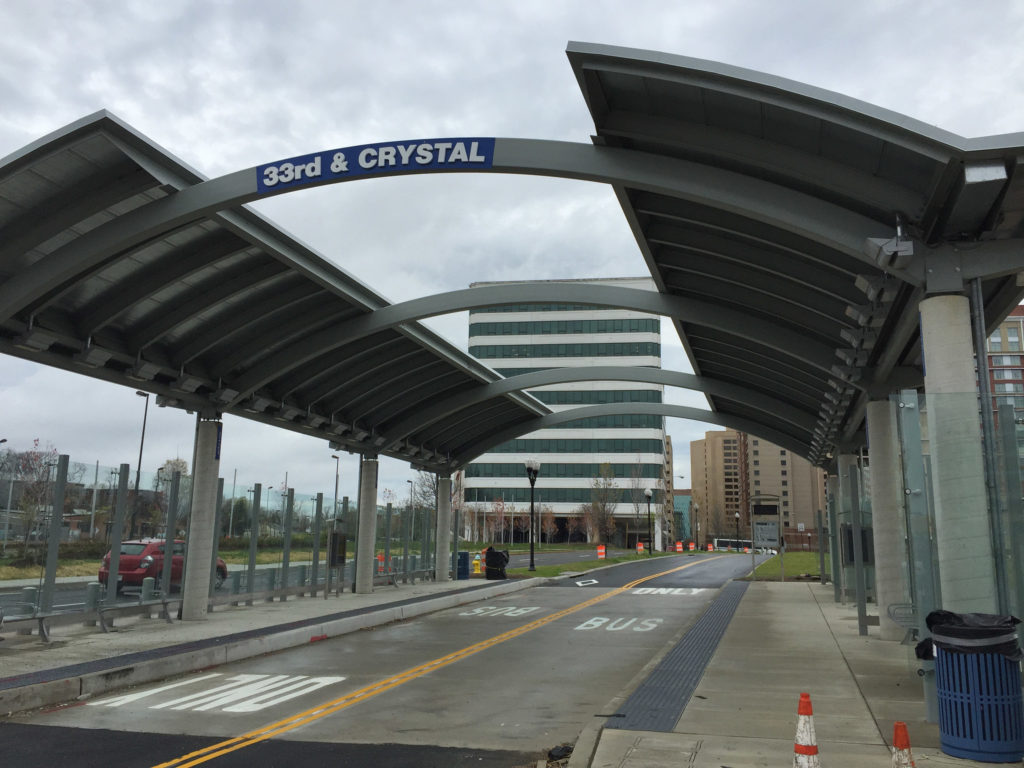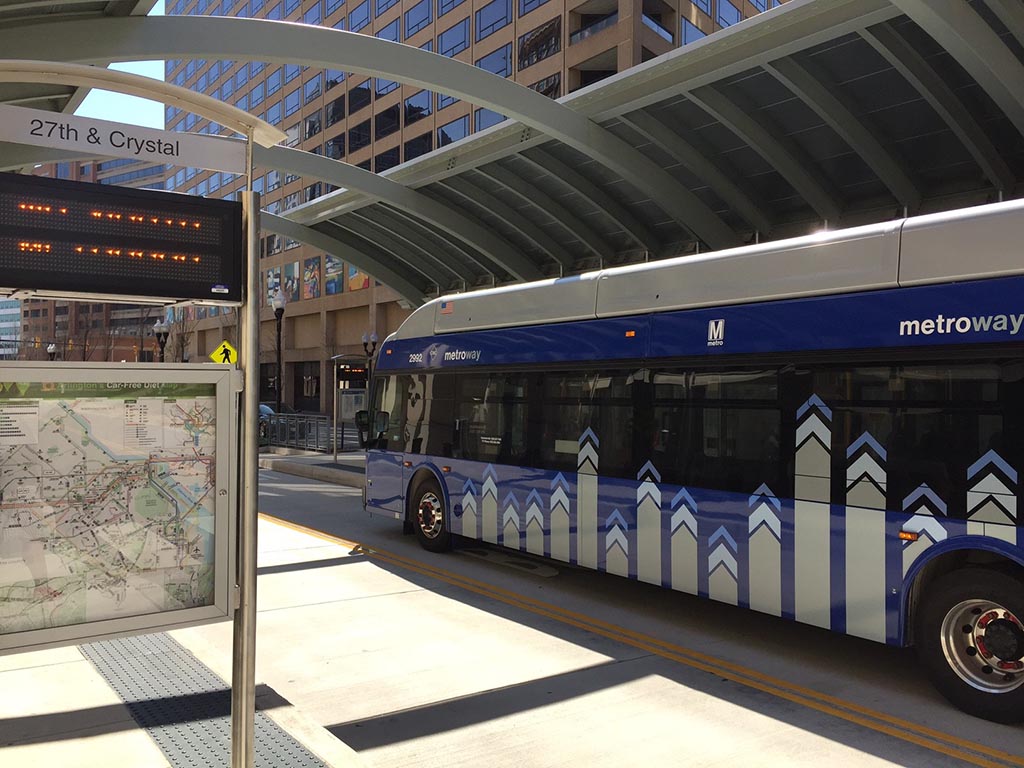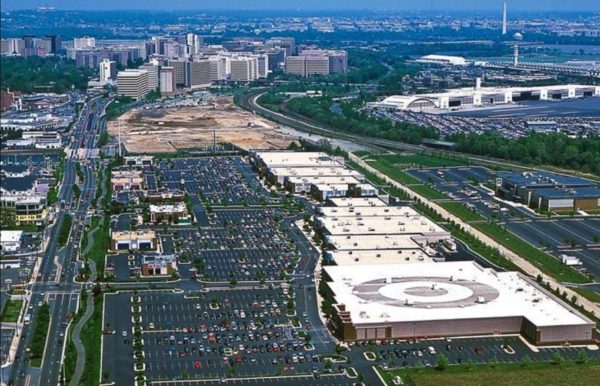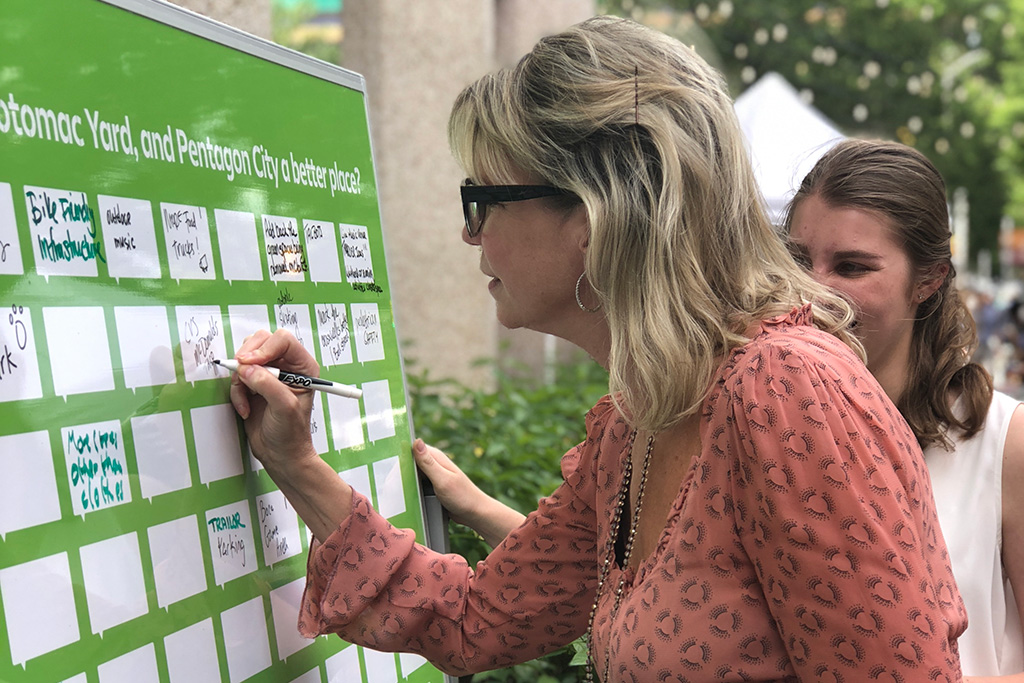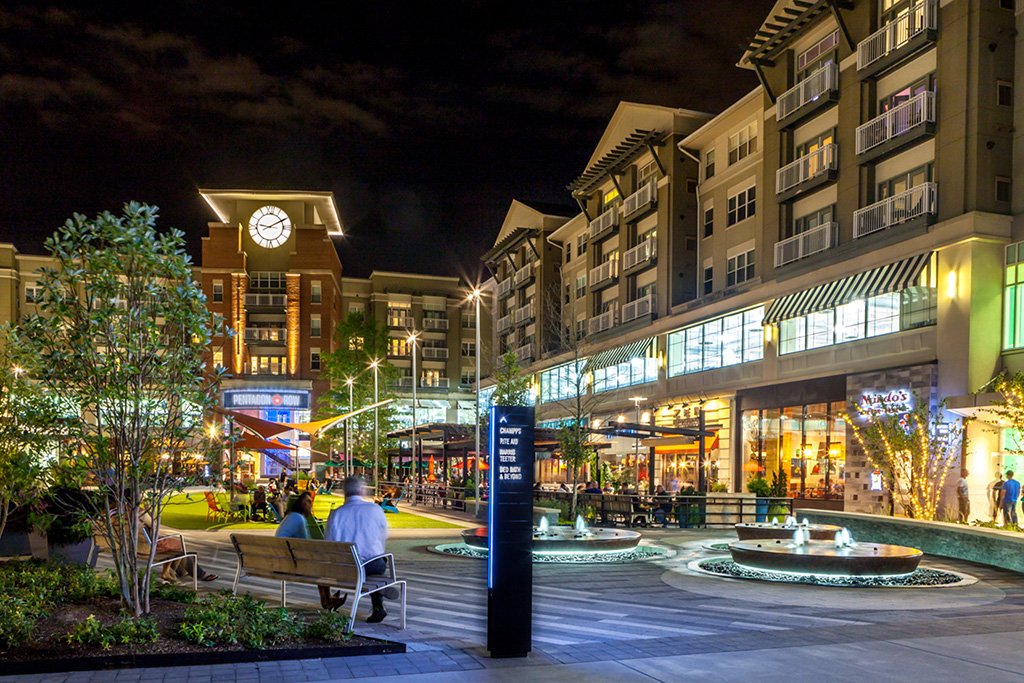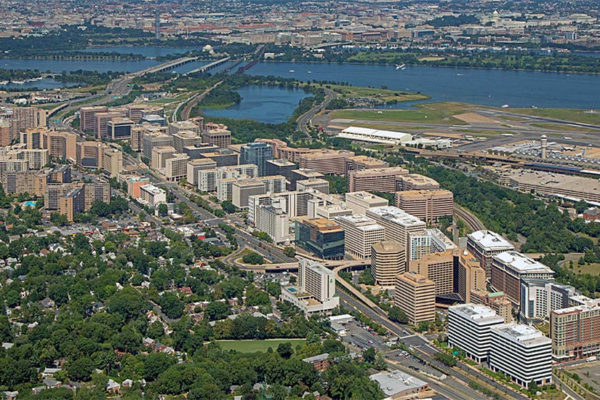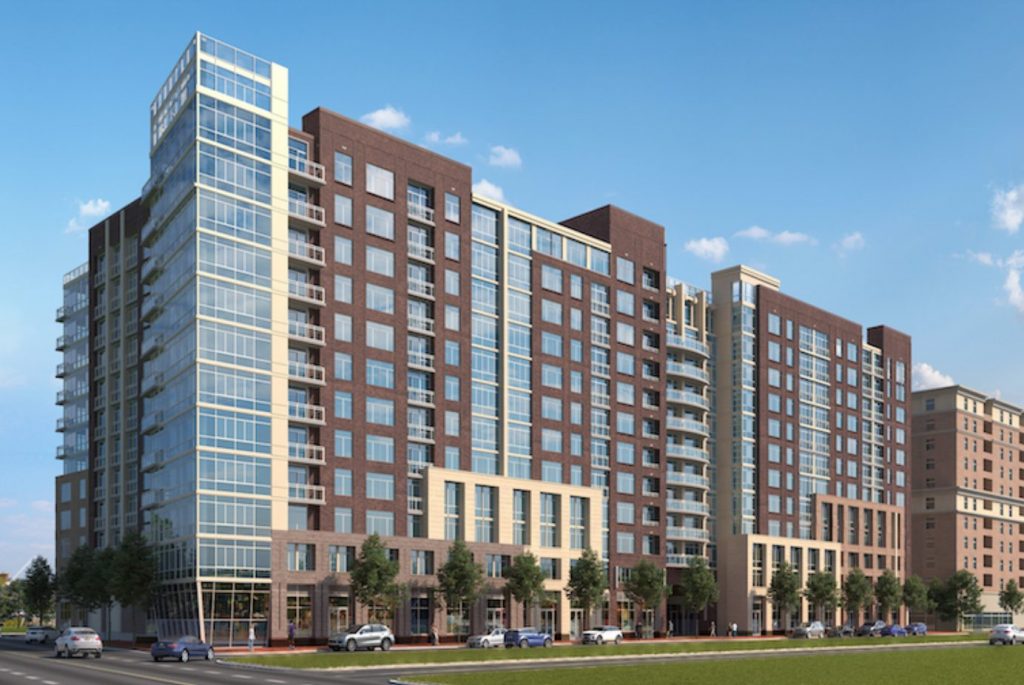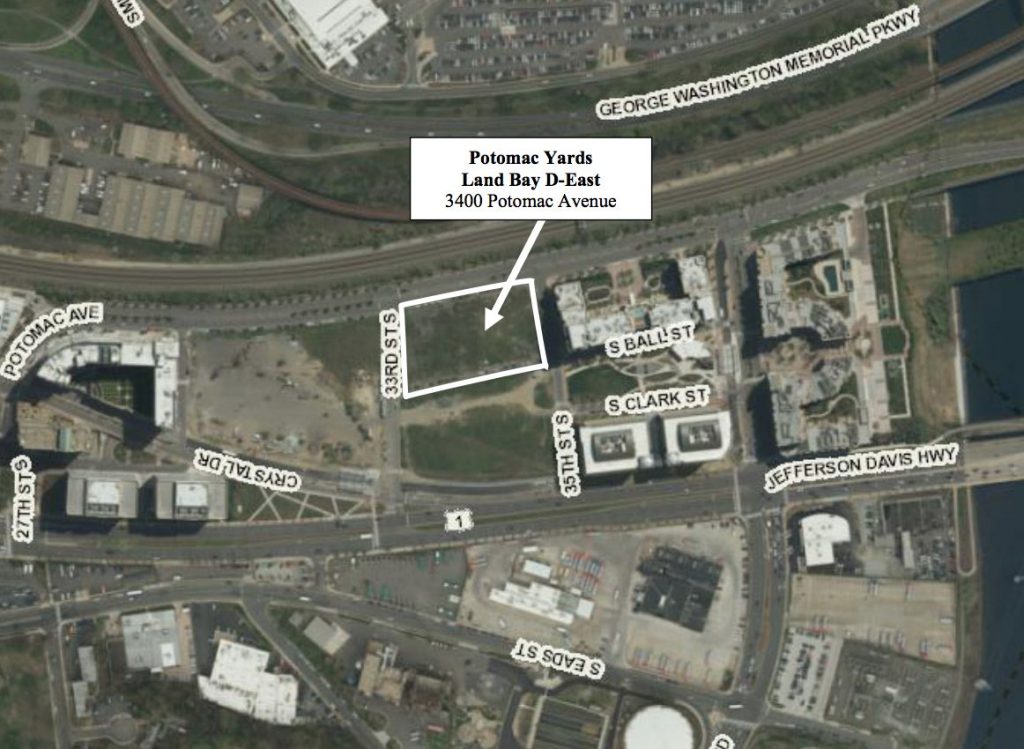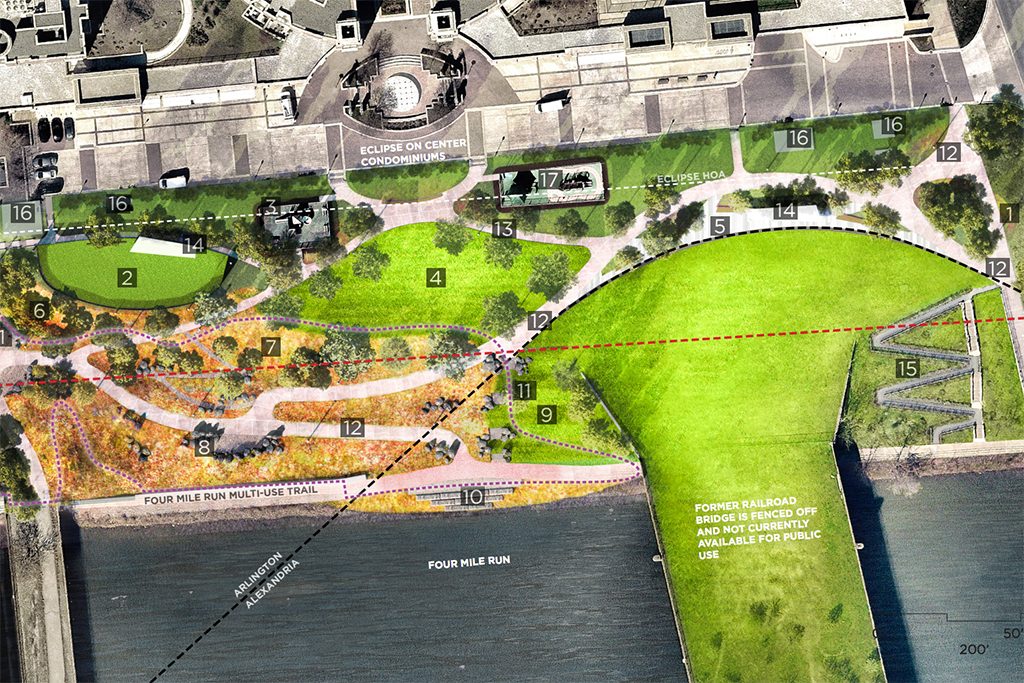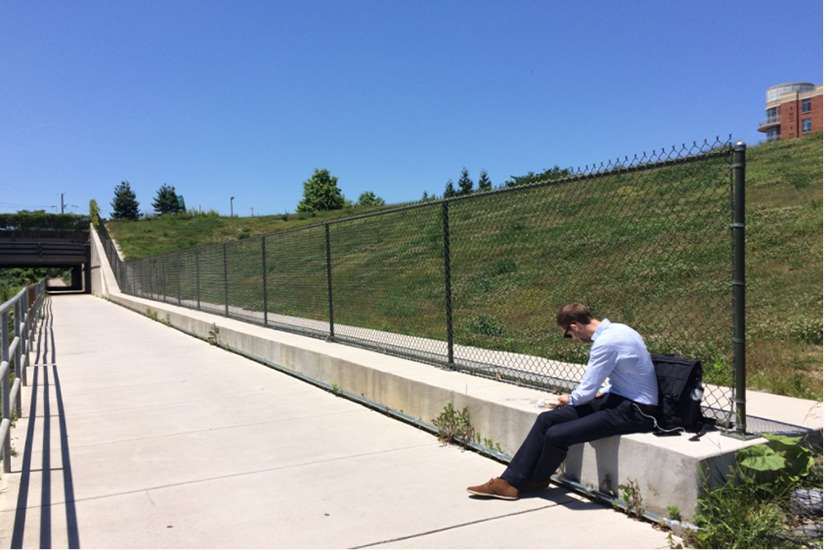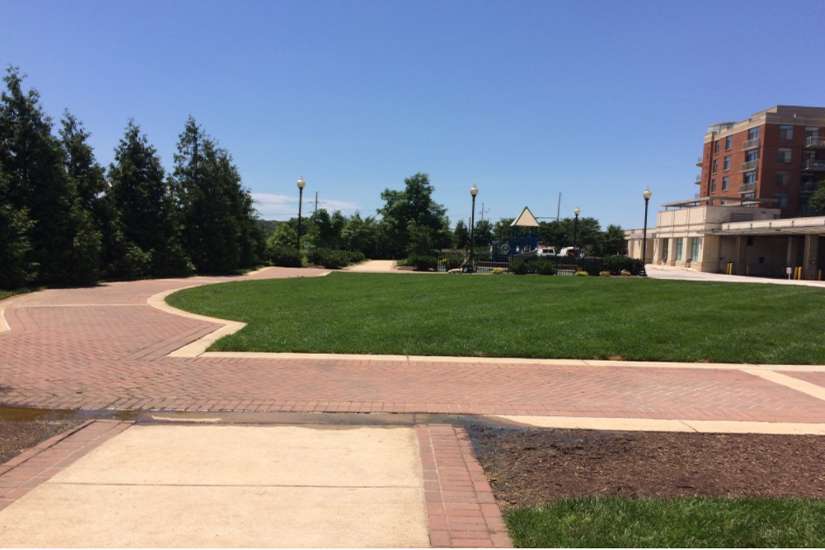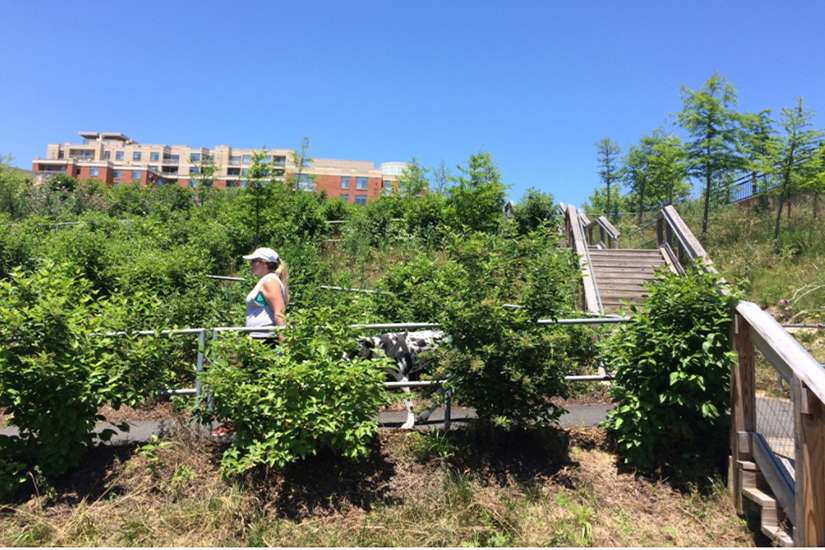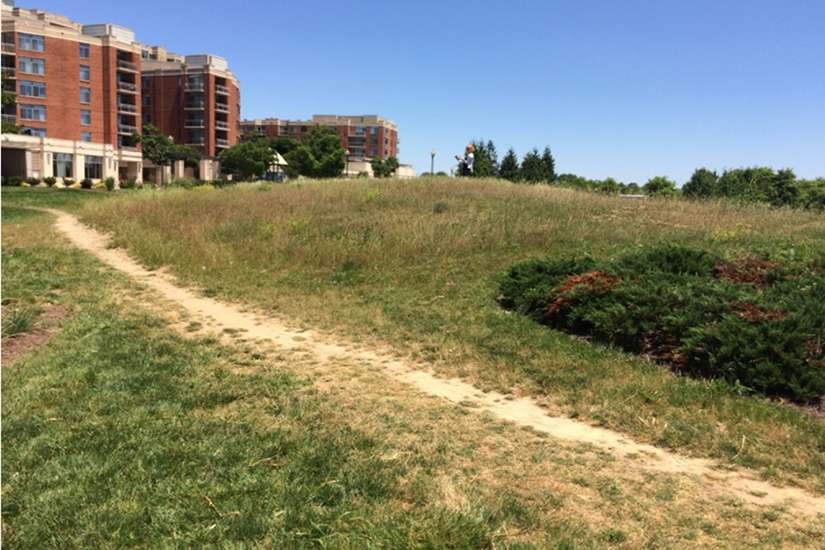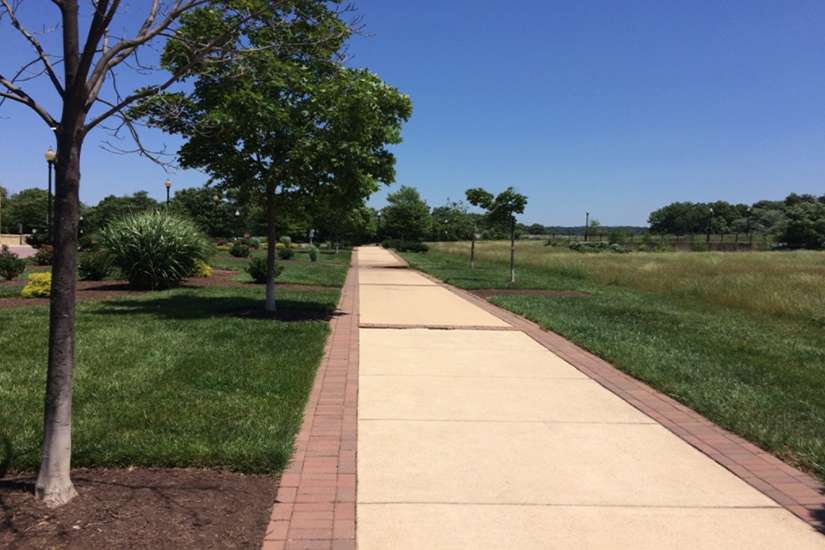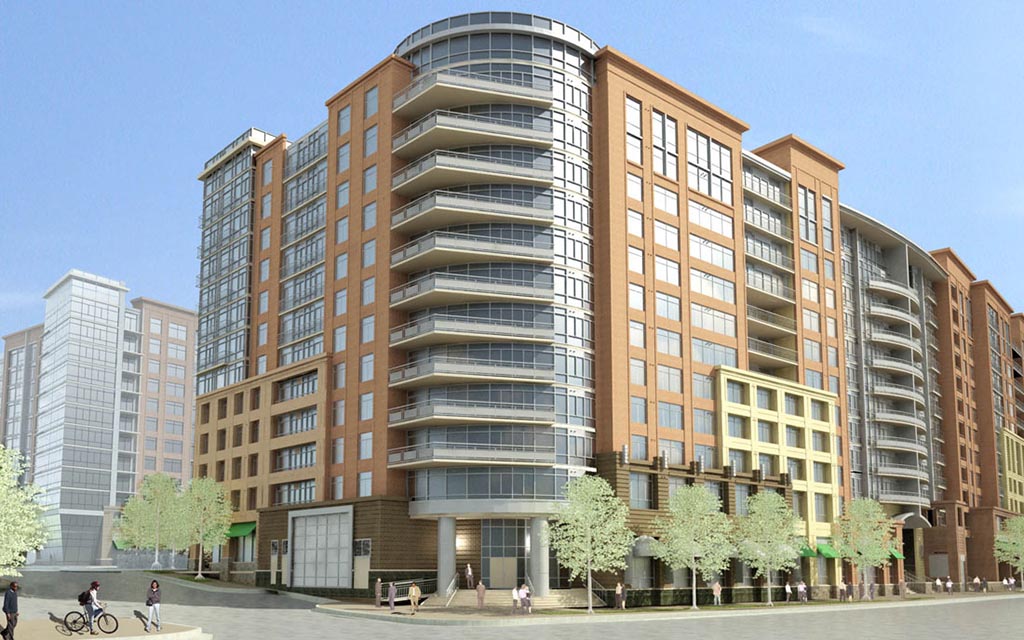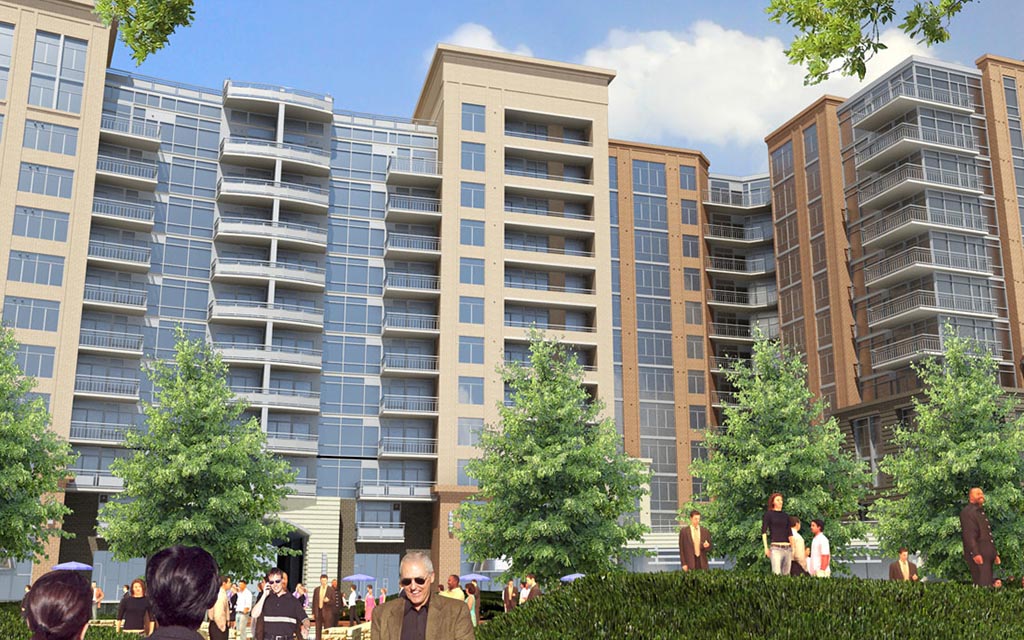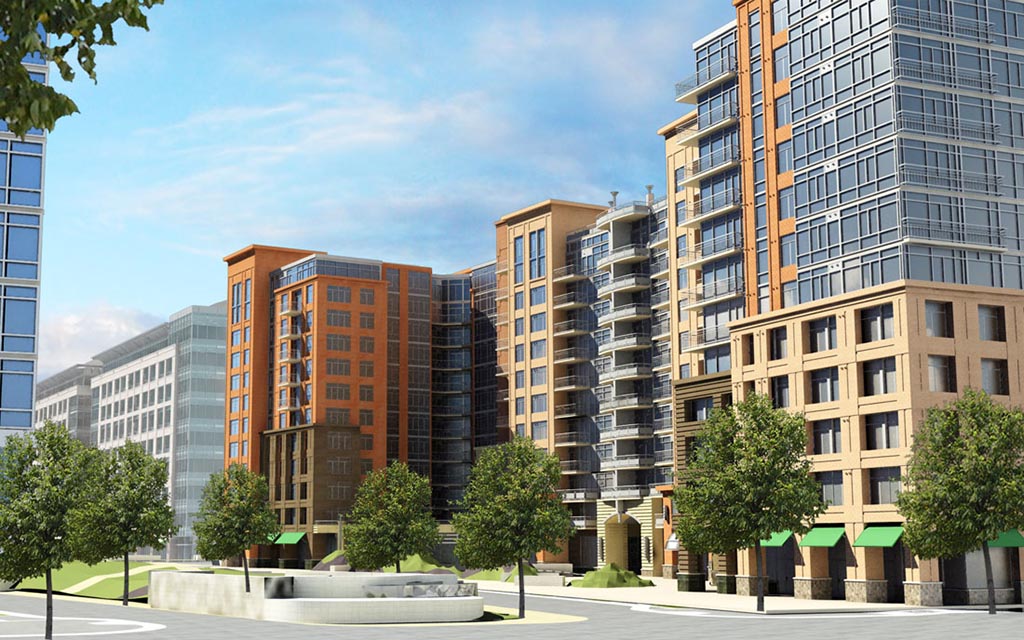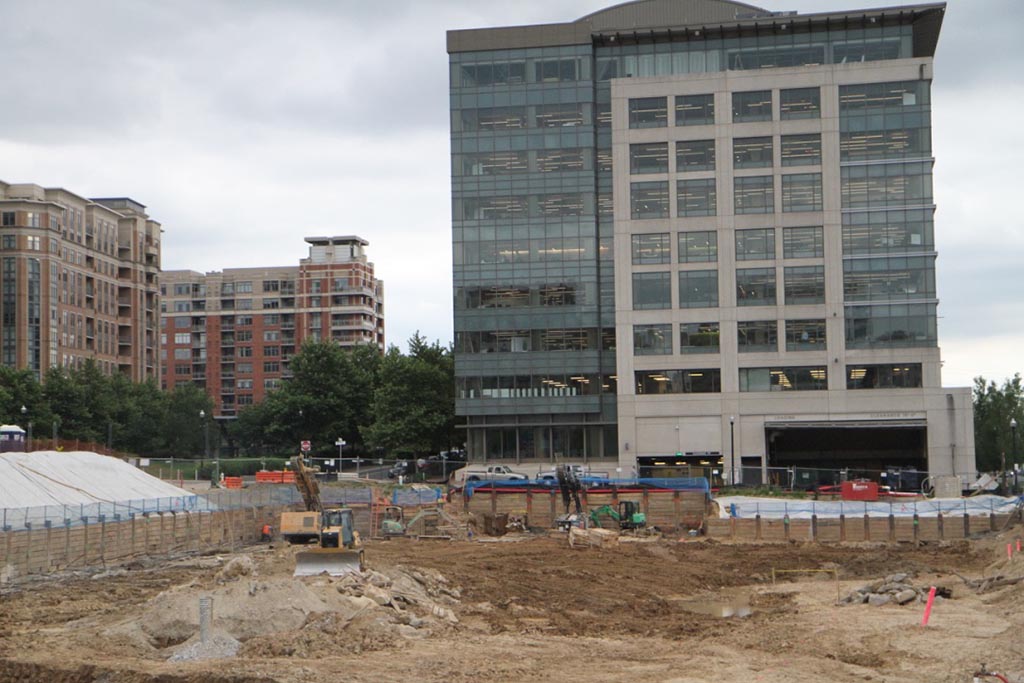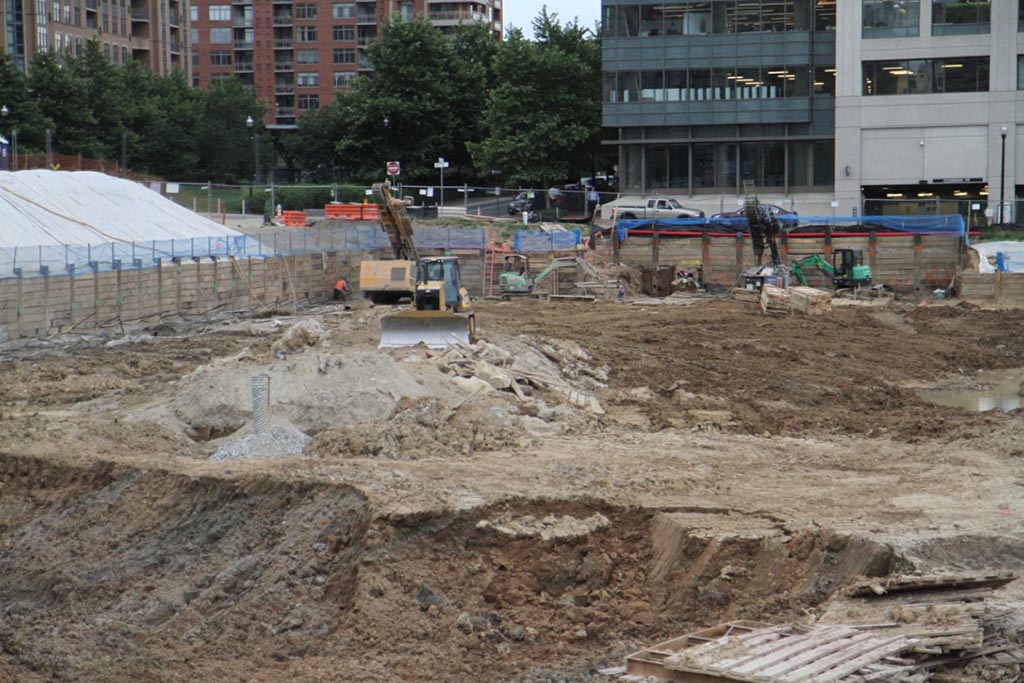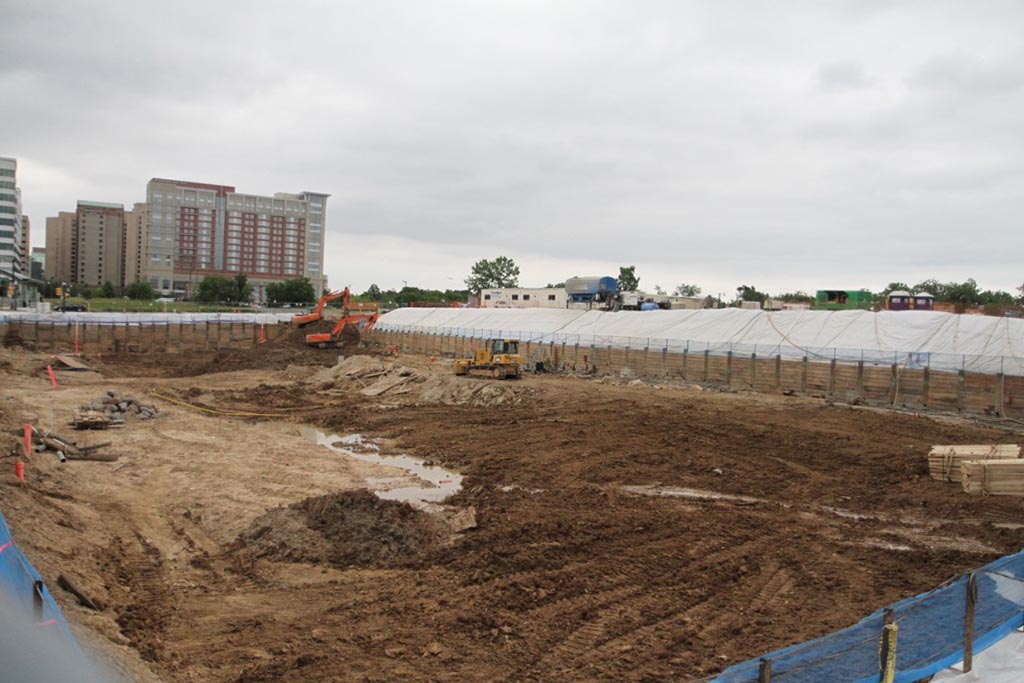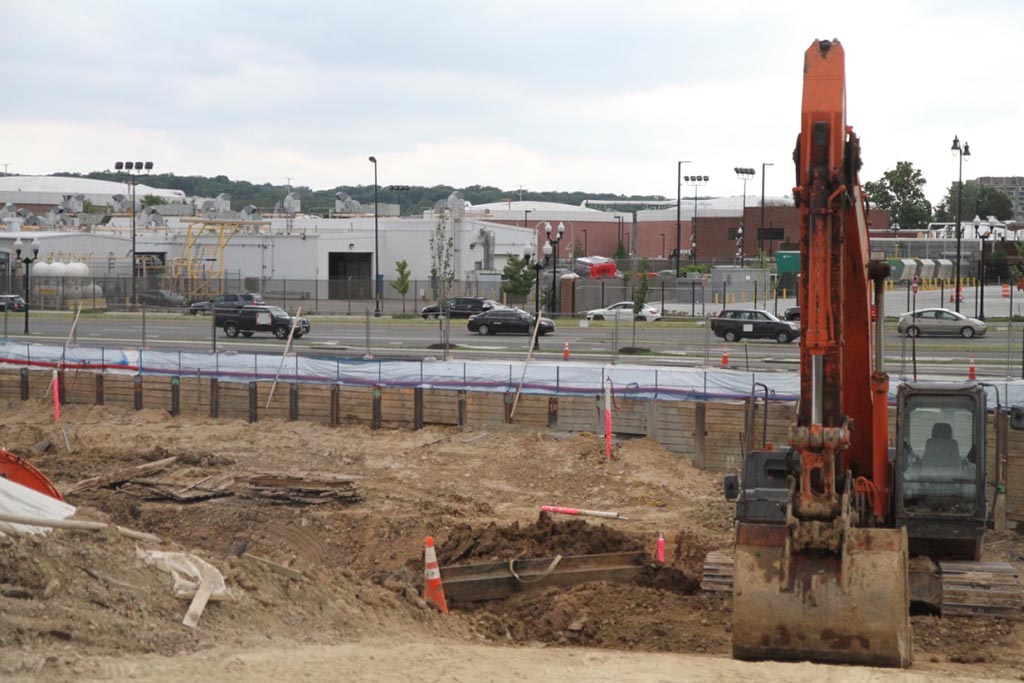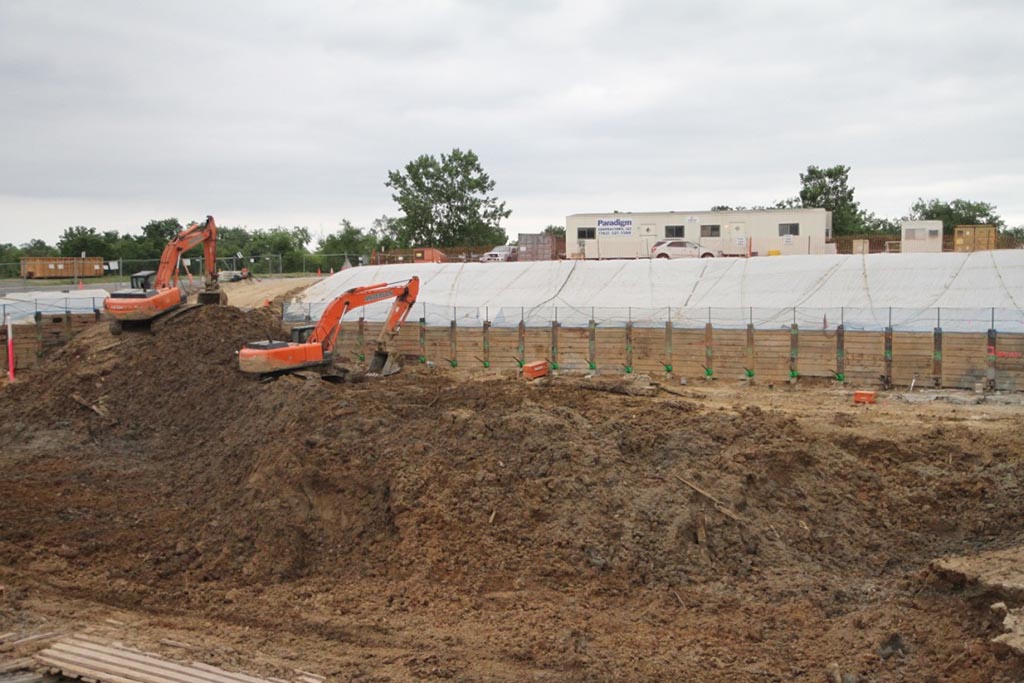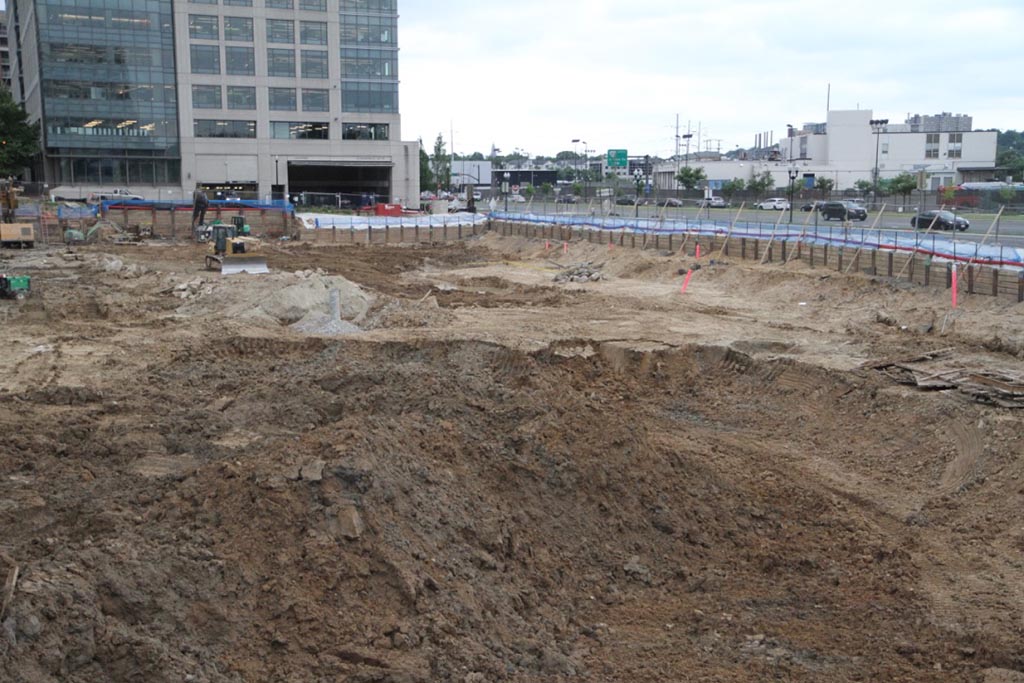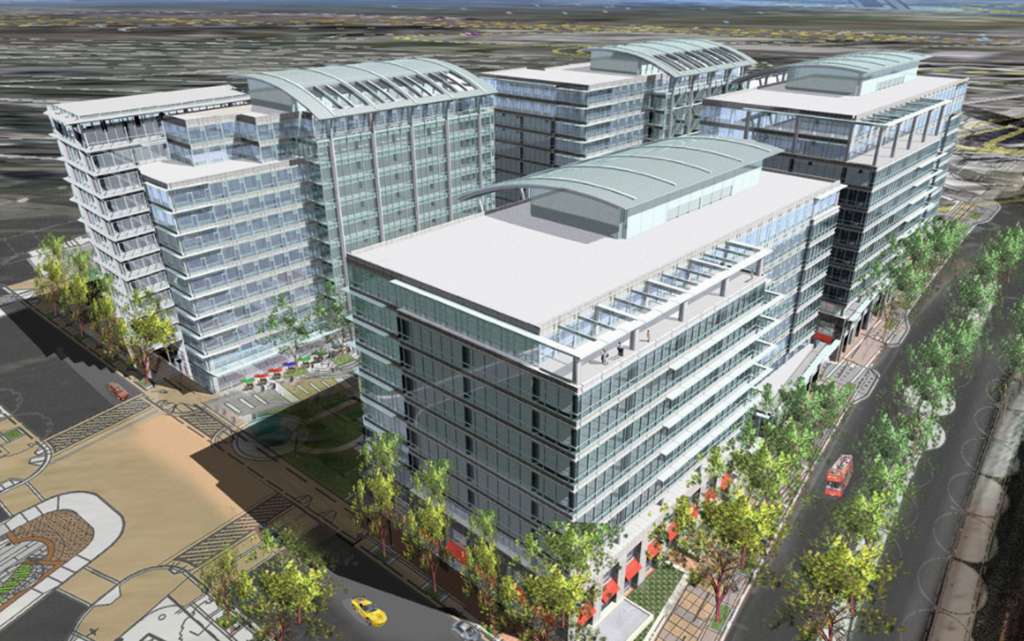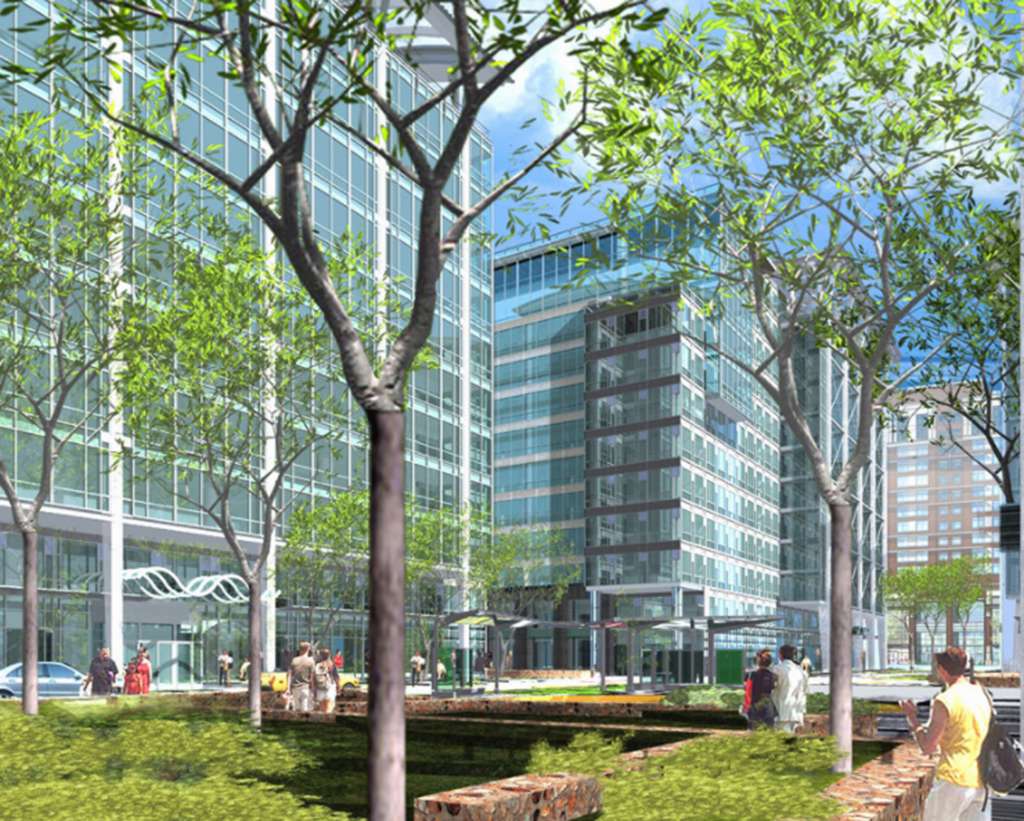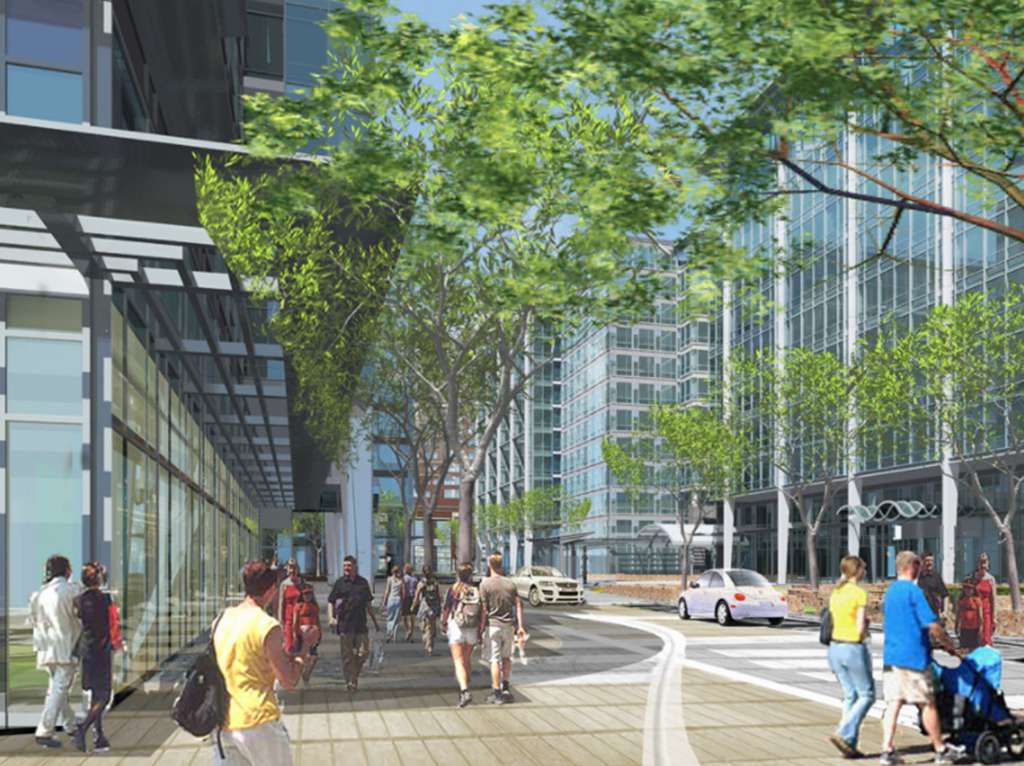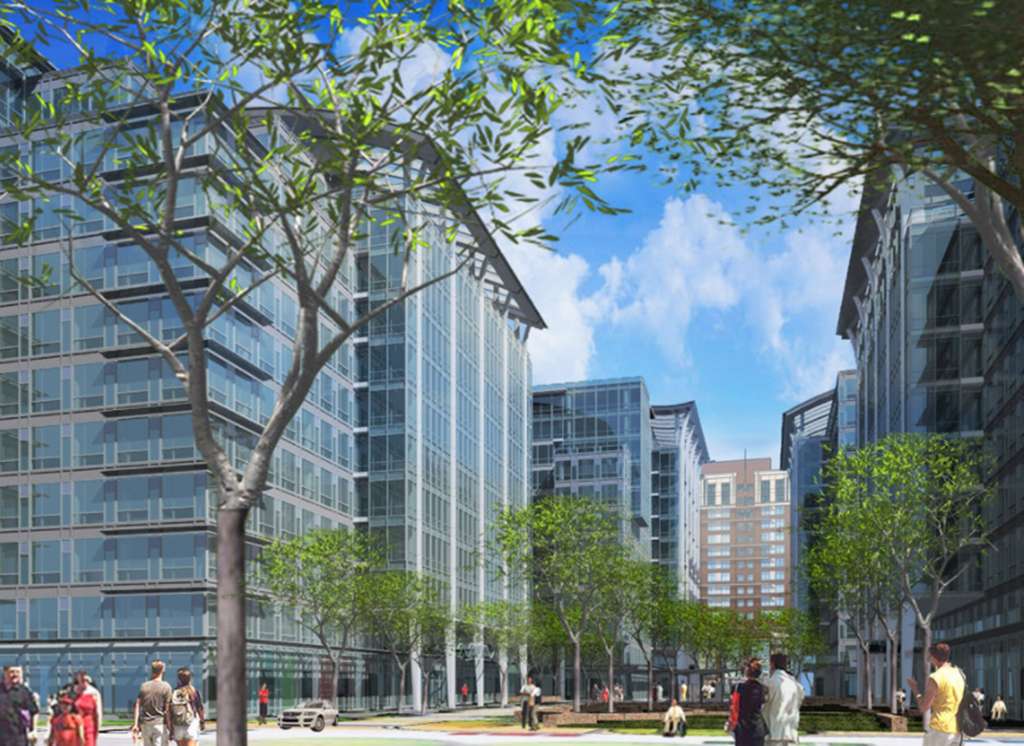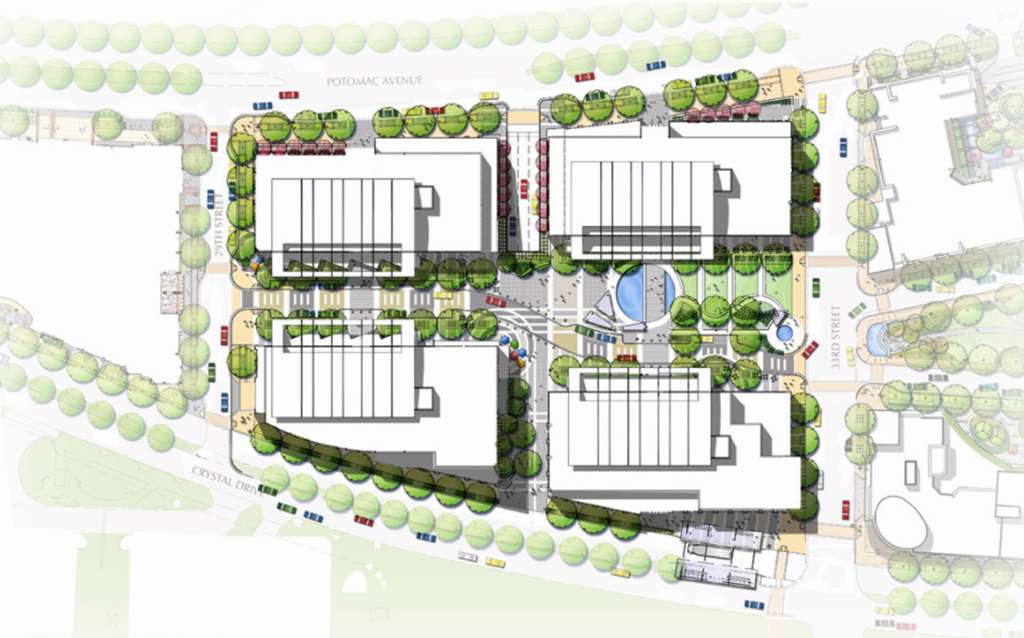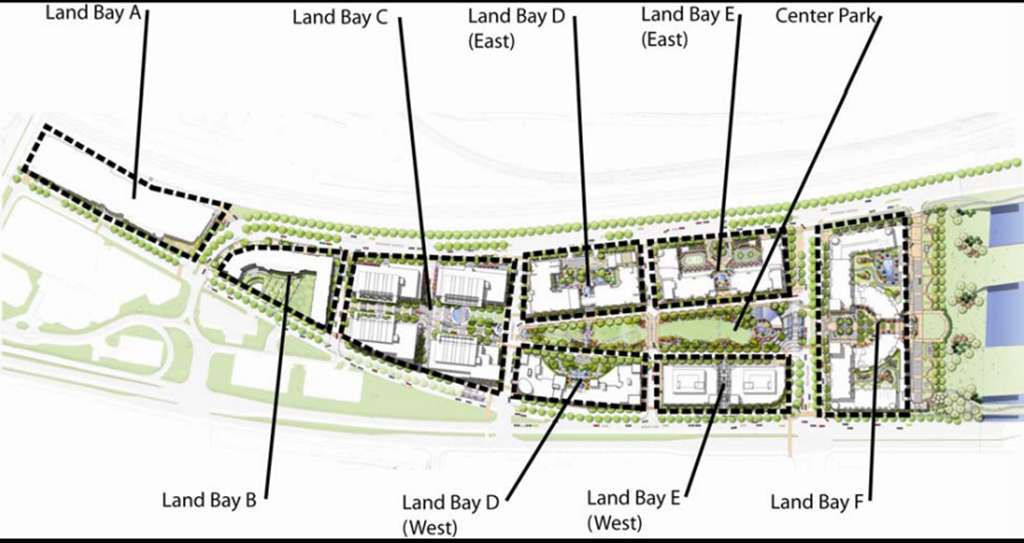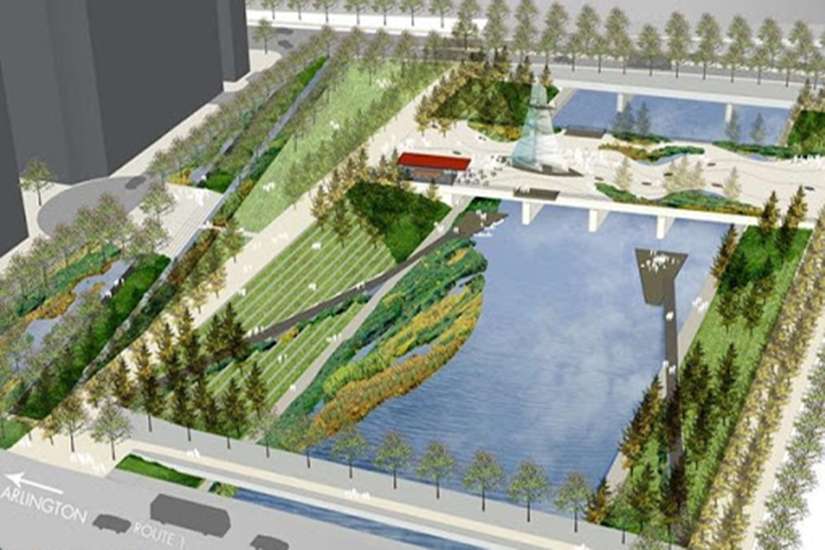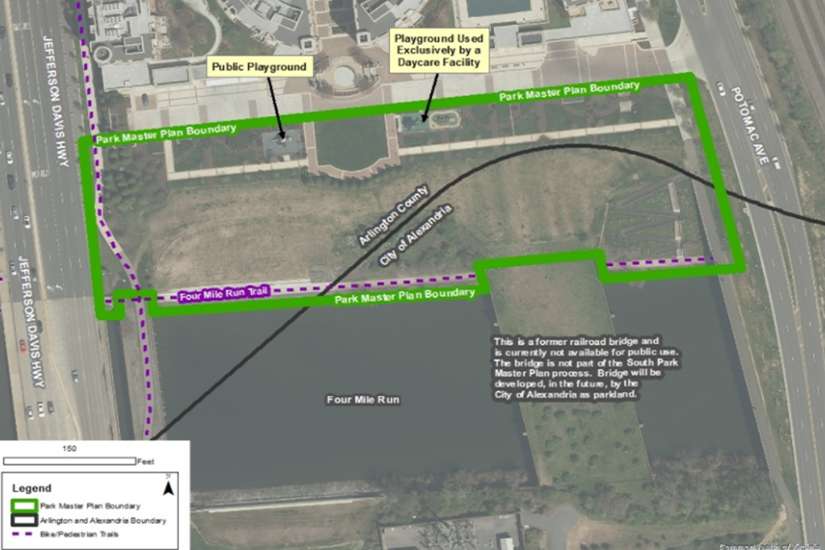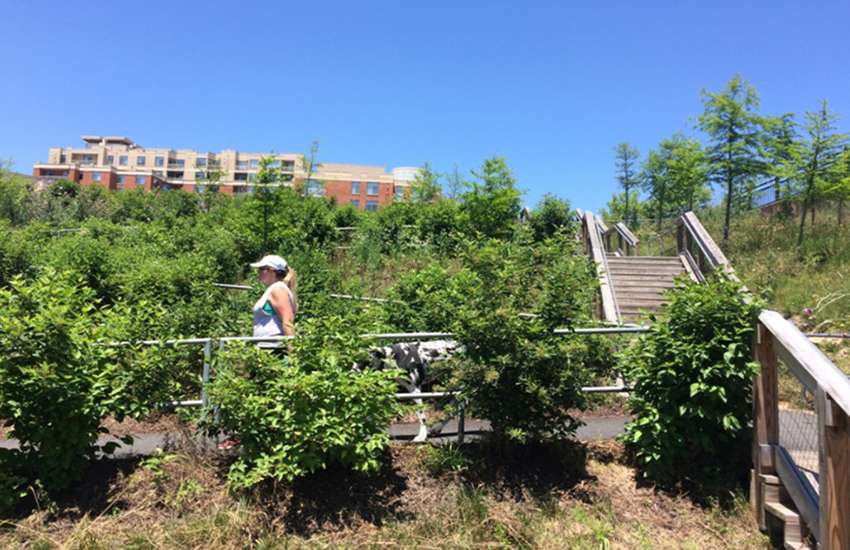Arlington is gearing up to extend its bus rapid transit system to better connect Crystal City to Pentagon City, and county officials are inviting people to learn more about the project at a meeting tonight (Thursday).
The county is holding an open house to show off details of the planned Crystal City-Potomac Yard Transitway extension, running from 6:30-8 p.m. in the Crystal City Shops (2100 Crystal Drive).
The Transitway currently operates between the Crystal City Metro station and the Braddock Road station in Alexandria, with dedicated bus lanes and stations covering about 4.5 miles in all. The expansion would add another .75 miles to the route, linking the Pentagon City Metro to the Crystal City stop.
The $27.7 million project is part of ongoing efforts to better connect the two neighborhoods, and the county recently earned millions in regional transportation funding to make it possible. The effort will involve the construction of seven new bus stations by the time it’s wrapped up.
It also includes new dedicated bus lanes set for the following streets, per the county’s website:
- Crystal Drive from 15th Street S. to 12th Street S. and Long Bridge Drive (Includes curbside rush hour bus lanes and two stations, one on northbound Crystal Drive at 15th Street S., and one on westbound 12th Street S. at Long Bridge Drive).
- 12th Street S. from Long Bridge Drive to S. Hayes Street (Includes exclusive bus lanes in the median, mixed traffic lanes, traffic signal upgrades, signage and pavement markings and three stations: east and westbound 12th Street S. at Elm Street, and eastbound 12th Street S. at S. Hayes Street)
- S. Hayes Street from 12th Street S. to Army Navy Drive (This segment will connect to WMATA’s planned Pentagon City Center bus bays project on Army Navy Drive)
The Crystal Drive segment is currently the farthest along, with transportation planners currently in design discussions for the effort. The county is still in more conceptual discussions about the other two segments.


